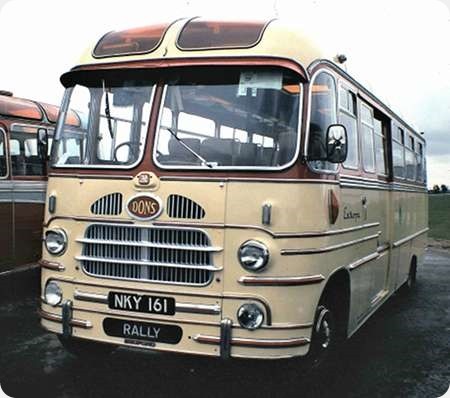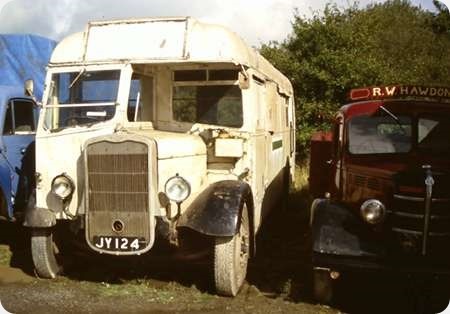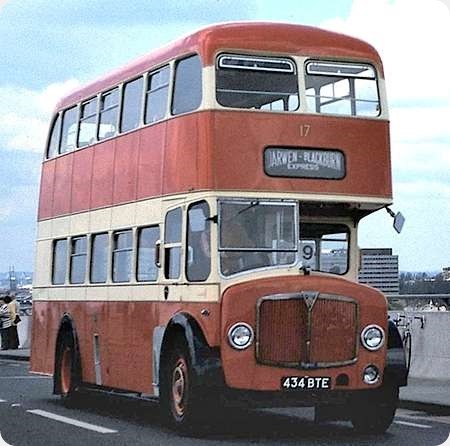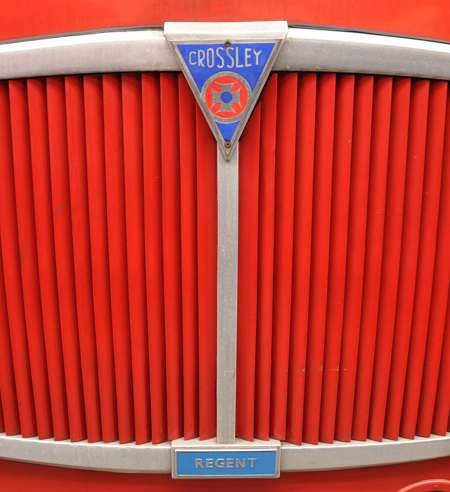Don’s Coaches – Bedford SB – NKY 161
Don’s Coaches (Great Dunmow)
1957
Bedford SBG
Yeates C41F
NKY 161 started life with Fairways of Bradford in 1957. It is a Bedford SBG with Yeates C41F body. By the time of this view, at Duxford on 24th September 1995, It was with Don’s Coaches Great Dunmow Essex. Great Dunmow is one of the once-delightful villages near Stansted Airport, where many of the residents didn’t want the facility extended. They were ignored, as indeed were the folk twenty or so miles up the road at Lakenheath and Mildenhall who did want to host the third London Airport. Ah, well. It’s called democracy!
Photograph and Copy contributed by Pete Davies
22/12/16 – 09:27
Dons acquired this from Fairway when it was only two or three years old. Dons sold it for preservation (in the 1970s?) but later reacquired it.
I only met Don Hale once but I would agree with the comment on the company website that he was a true gentleman. The business continues, now in the hands of Steve Harvey whose family had been associated with the business for many years.
Nigel Turner
22/12/16 – 10:02
It may be the camera angle, or perhaps its the body style, but compared to say a Duple or Plaxton from the same era, it looks very narrow, is it a 7’6” chassis? A handsome beast none the less.
Ronnie Hoye
22/12/16 – 10:46
Thanks for your thoughts, Nigel and Ronnie. I’m not sure if it is a narrow chassis, but I am sure that someone among the readership will complete our education in this matter. Certainly, there have been comments in the past about the features of a Yeates body and I wonder if it’s just a bit taller than Duple or Plaxton to accommodate all that brightwork!
Pete Davies
25/12/16 – 06:24
The SB chassis were all the same size, the distance across the rear (double) wheels being 7ft 3 7/16" It was the bodies that were different widths. In the case of NKY 161 it is an 8ft wide body. Its the height that makes it look narrow.
Incidentally this is one of only 5 Yeates Europa’s known by me to survive on a Bedford SB chassis. The others are:
5200 AH part restored with Kenzie, Shepreth
WWX 48 derelict with Kenzie for spares
618 KRA under restoration with Chambers, Derbyshire
JEP 861 a caravan with Cook, Corton, Suffolk
John Wakefield
Quick links to the - Comments Page - Contact Page - Home Page




